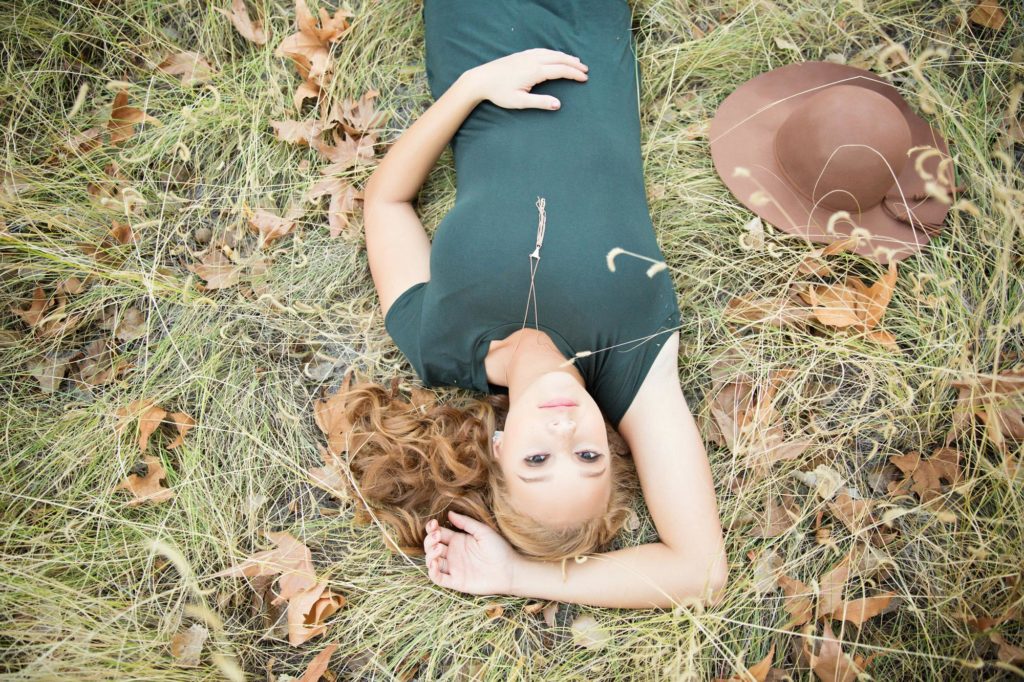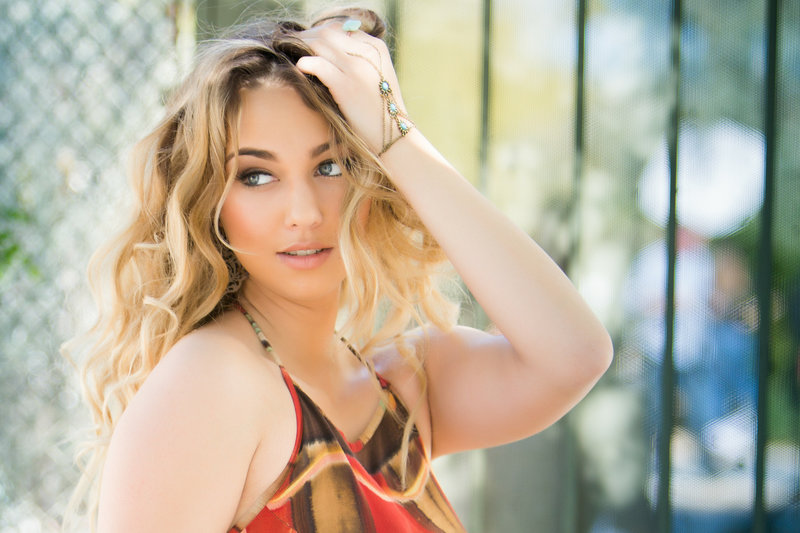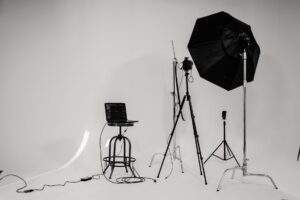It is tough to see a world without photography– pictures make up a significant portion of our society. From the potential to record portraits and memories to portraying visual art, photography is rampant in our culture. However, the most fantastic aspect of photography is that it brings people from around the world together through a single portrait.
You’ve possibly seen a photo on your table, on the web, in advertisements, and on the back of a cereal box. When you snap a picture and share it with someone else, you’re presenting a moment stored via an image. Those moments make up much of our lives, and the camera is a part of it by capturing such instances.
Although we focus on big pictures in our lives, the photograph will often reveal the little things we may overlook. It is significant because it helps us capture anything and preserve them for as much as we want. In addition, it allows us to notice things we would not have seen and share ideas for someone to see.
The Basics of Photography
Photography is the art of capturing light with cameras to create a picture, typically using a digital sensor or film. It can absorb light that is usually invisible to the naked eye, such as radio waves, ultraviolet, and infrared light. The term photograph came from the Greek terms phos, which means “light,” and graphê, which means “drawing,” hence “drawing with light.”
Photography has made great strides since the first portrait was taken in 1826, thanks to numerous technological advances. It is now capable of capturing breathtaking photographs that many people might never have possibly imagined. More dynamic and natural photography resulted from the invention of compact and versatile equipment and film developments in terms of lighting and speed.
Photography is a diverse art form with several different styles somewhat loosely based on various categories. Therefore, it’s nearly impossible to list every form of photography that exists, and each one has its unique appeal. Nevertheless, portrait photography is one of the most prominent among these various genres and the most challenging.
What Is Portrait Photography
Portrait photography commonly focuses on capturing a person’s outward appearance, more specifically their face and expressions. It also centers on using settings, illumination, and poses to capture an individual’s character, style, identity, and mood. Although it is the broadest genre, any portrait has the same goal: to portray the feeling and persona of its subject.
Portrait photographers usually concentrate on the subject’s face since it will mostly be the photograph’s focal point. However, this does not rule out the inclusion of the person’s body or even the setting. Portrait photography may include the body, but the spotlight is on the person’s face, emotion, and even distinguishable facial characteristics.
It requires extreme patience and adequate training to capture a realistic picture and express the subject’s personality. Portraits can also share tales of individuals and history, old traditions, genuine encounters, and numerous places. In addition, they depict messages, whether they are informal photographs of family or friends or a formal shoot for headshots.
Essential Factors Affecting Portrait Photography
When it comes to portrait photography, many variables can influence whether you get a good shot or not. It’s not simple as it consists of several parts that need careful consideration to achieve a good picture successfully. Technical elements like exposure and focus, and non-technical aspects such as design and functioning with live subjects, are all essential.
Excellent Focus and Sharpness
Portrait photography is mainly about focus, and the location of the focus is the most critical aspect of the photo. A decent intensity will make an image stand out from others, while a great aim can significantly impact the image. Therefore, photographers will need diligence and a concept for the focal point of the setup and consequently capture it in perspective.
Great Lighting
The tone of the final portrait and whether the subject is flattered depends on how you fix up the lighting. You must also ensure no excessive lights, which may defocus or cause the picture to appear blurry or even strange. The time of your shoot often plays a role in achieving the ideal lighting tone.
You must also determine whether you should utilize hard or soft light for your illumination. High contrast, improved texture, heightened drama, and harsh shadows are intense lighting characteristics provided by a small light source. On the other hand, soft light comes from a sizeable light source and is more accommodating and attractive to subjects.
Balanced Composition
The composition balances the colors you use in your shot and the light you let through the lens frame. Moreover, the lens you choose will alter the image of the subject and the setting. As a good balance over the compositions can produce professional photos, this plays a vital role in the portraits’ sentiment.
Vibrant Poses and Frames
Another aspect that decides how appealing the portrait will be, and the tone, is how you pose a person’s face. The posing and framing you use for your subject play a part in the ultimate look of the picture. Since profile views are not visible in mirrors, many never saw theirs and have no thought about their profile appearance.
Various Types of Portrait Photography
There are several different types of portrait photography available- it isn’t just about taking someone’s headshots in a studio. Additionally, photographers often concentrate on only one or two subgenres, preferring to specialize and hone their expertise in those areas. Here are some of the most essential and common portrait photography subgenres to discover and try.
Traditional Portrait Photography Are Prevalent
Traditional portraits are mostly the first thing that springs to mind when people discuss portrait photography. This style has been prevalent and continues to be popular due to the appealing combination of poses and studio lighting. Traditional portraits also include formal portraits which practice similar posing and studio setup, except with formal or corporate attire.
Traditional portraits usually only feature the subject’s upper body, but this may not always be the case. Also, the photographer would usually use a solid-colored background with the model’s face as the photograph’s focal point. Since most subjects in this approach stare straight at the camera, good eye contact is critical for the best effect.
Photographers often shoot traditional portraits in a studio through the use of an excellent backdrop under regulated conditions. Posing also enables the subjects to appear their brightest, such as in the senior class pictures and business portraits. Many professionals also often regard this subgenre as the oldest style of portrait photography.
Genuine Lifestyle Portraits
Lifestyle portrait photography is the complete opposite of conventional portraiture since it occurs in a setting familiar to the subject. It aims to capture people in their natural environments, such as their homes, often while performing mundane things. Photographers guide most gestures in lifestyle photos, as they do not utilize posing in the conventional sense.
One of the best aspects of this genre is the artistry with which it depicts everyday life through simple actions. Due to these creative movements, a lifestyle photographer’s timeframe to capture a set of photos is often minimal. Since the subjects are in a somewhat more natural composition in shoots, they are also known as candid portraits.
Since it is always happy and fun, lifestyle photography is prevalent in wedding and family portraitures, whether indoors or outdoors. Family interaction is also typical in lifestyle family portraits, which can result in some heartfelt memories. Companies also use this type in their advertising illustrations to encourage a romantic way of life that includes their brands.
Environmental Portraiture for Natural Photos
Environmental portraits are a hybrid of traditional portraits and lifestyle portraiture for the use of poses, lighting, and background. It emphasizes the environment while keeping the individual as the focal point of the photo. These types of portraits typically occur within a venue and surroundings that are significant to the subject.
An environmental portrait primarily aims to capture the subject in a setting that is meaningful to them. The venue could be a person’s bedroom, workplace, favorite recreational spot, or somewhere else significant to them. The backdrop and details are the focus, and they play a similarly important role in the portrait of the person.
Although the setting is crucial, environmental portraits may still employ posing techniques, albeit not as freely as lifestyle photos. The pose, lighting, subject, and background can all interact seamlessly to achieve a more natural effect. Environmental portraits vary from lifestyle photography due to these factors, but the result can be similarly artistic.
Fun Family and Group Portrait Photography

A portrait doesn’t always have to be of a single individual; it may also be of a family or group. Family photo sessions are a fantastic way to celebrate your family and capture images that will last a lifetime. A portrait with your partner or a tight group of friends is also prevalent, whether casual or proper.
Family portraits often include group dynamics and interactions between the participants to produce a candid shot. Since more individuals pose and connect within the picture, family photography is also more challenging than individual portraits. In addition, most photographers use props to get their subjects to carry out scenarios, often leading to very candid shots.
However, with more participants, you may also catch meaningful connections you could not reach with a single individual. Family photography has advanced, and there are already many approaches to make this form of portrait photography engaging and artistic. Discovering and combining the essential aspects of the family allows the warm nature of the moment to shine even further.
Sincere Candid Portrait Photography
Similar to family portrait photography, candid portraiture focuses on capturing genuine moments and honest interactions between individuals. They are not posed and are unplanned, such as street photography pictures that depict individuals doing everyday tasks. The subject is typically unaware of being photographed, which allows for a fascinating insight into a person’s genuine emotions.
Photographers on the street frequently take intimate portraits of the people they encounter, often without any setup. A great street photographer is fast, wise, and can spot a good photo opportunity ahead of time. The combination of poses and props to promote spontaneous moments is an example of how candid photography affects other genres.
Artistic and Imaginative Fine Art Portraits
The fine art genre is a hotly debated one, with artists questioning just what constitutes fine art. Fine art photography often includes conceptual and abstract images and works influenced by other forms of art. Others get adventurous with outfits and make-up, modeling, and editing, while others visualize their portrait photography after classical art.
Surrealism is a style of portraiture heavily influenced by art, while conceptual work is often present in fine art portraits. Surrealism is the art of introducing another level to the ordinary so that you can see a different narrative. The meaning of conceptual art is often vague, and it is up to the audience to figure out the intention.
The photographer, not the device, creates a fine art portrait photo as an artist giving a visual expression. Furthermore, fine art portrait photography has a strong graphic influence and captures emotion uniquely and vibrantly. Therefore, creating genuine fine art portraits necessitates a great deal of thought and ability by experienced photographers.
Glamour Photography is Stylish and Luxurious
Beauty portraiture is another name for glamour photography, and many consider boudoir photography as a sub-genre. Glamour photography focuses solely on the subject, elegance, and splendor, with a hint of sensuality thrown in for good measure. These portraits necessitate meticulous preparation, expert make-up, and wardrobe, but the emphasis is on the subject’s appearance rather than the clothing.
Boudoir portraiture is a subset of glamour photography that has grown in popularity over the years. Glamour portrait is often taken in various settings, while boudoir photography is usually in a bedroom or a house. Boudoir is a style that encourages sensuality, particularly among women, and can ultimately enhance a woman’s self-esteem.

Portrait Photography Is a Masterful Art
Portrait photography is among the most elegant and traditional types of photography, and it allows for a lot of creativity. It’s more about catching a glimpse of a person’s personality than it is about creating a technically impeccable image. Furthermore, its goal is to present a person’s distinct facial features while also capturing their qualities and characteristics.
Portraitures can take many forms, ranging from conventional and documentary to experimental and abstract and many more. A portrait photograph can be helpful for plenty of reasons- historical preservation, brand building, or just for fun. But most of all, for many people, portraits are a way of keeping and saving moments and ensuring that we can always see and look back at those moments.


